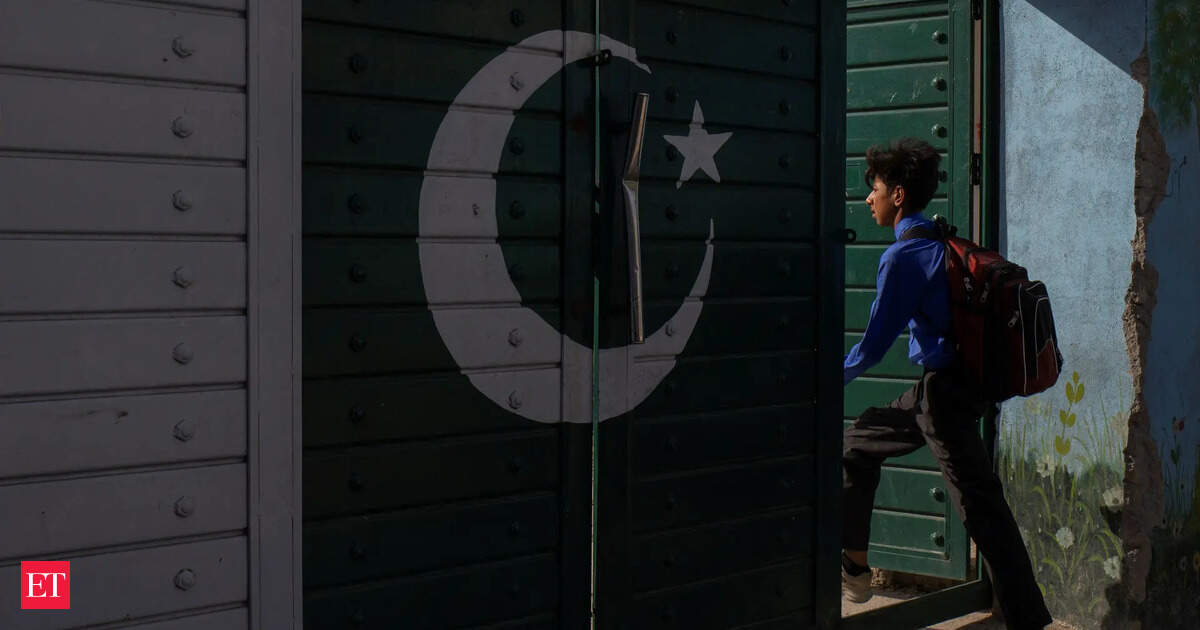By the end of March 2025, the country’s total public debt stood at Rs 76.01 trillion. That includes Rs 51.52 trillion in domestic borrowing (roughly $180 billion) and Rs 24.49 trillion (around $87.4 billion) in external loans. The external debt is made up of two parts: money borrowed by the government and funds drawn from the International Monetary Fund (IMF).
This debt has built up over years of economic mismanagement, stop-gap funding, and repeated bailouts. But this year’s repayment demand has exposed just how little room the government has left to manoeuvre.
Lifeline or liability? $12 billion in temporary deposits
Of the $23 billion Pakistan must repay this year, $12 billion comes in the form of temporary deposits from four so-called friendly nations, as reported by PTI. These are:
- $5 billion from Saudi Arabia
- $4 billion from China
- $2 billion from the UAE
- $1 billion from Qatar
These funds are not permanent and are only useful if rolled over. If any of these countries decide to pull out, Pakistan will be forced to pay them back in full this year.
The News cautioned, “The situation can worsen if friendly countries refuse to grant rollovers on their deposits, which would make it compulsory for the government to make payments.”This leaves the government heavily dependent on diplomatic goodwill, not financial strength. And there are signs that even goodwill is wearing thin.
$11 billion still to pay regardless
Even if all the temporary deposits are extended, Pakistan must still cough up around $11 billion in repayments to external creditors this year, as reported by PTI. This includes:
- $1.7 billion in international bond repayments
- $2.3 billion in commercial loan payments
- $2.8 billion to multilateral creditors including the World Bank, Asian Development Bank, Islamic Development Bank, and Asian Infrastructure Investment Bank
- $1.8 billion in bilateral loan repayments
This pressure comes at a time when Pakistan’s foreign reserves are already under stress. The country has limited sources of fresh income and is still waiting for a new extended programme from the IMF.
Debt now consumes nearly half of federal budget
Pakistan has earmarked Rs 8.2 trillion for domestic and external debt servicing in its 2025–26 budget. That figure makes up 46.7 per cent of the total federal budget of Rs 17.573 trillion.
Put simply, nearly half the money Islamabad plans to spend this year is going towards repaying old loans.
There is now less left for development, public services, or even basic maintenance of existing infrastructure. Education, health, and social welfare continue to take a backseat while interest payments dominate national spending.
Military spending continues despite fiscal strain
Despite this bleak financial outlook, Pakistan’s defence expenditure has not slowed. While seeking bailouts and rollovers, the government has pressed ahead with large arms deals.
It has finalised a strategic partnership with Turkey, which includes a $900 million drone deal and more than 700 loitering munitions. The partnership also covers intelligence sharing and broader security cooperation.
The alliance has been described as one meant to “do jihad against India” by military sources cited in reports. There are also ambitious trade goals of $5 billion tied into the arrangement.
Additionally, Pakistan is reportedly acquiring 40 J-35A stealth fighter jets from China, supposedly at a discounted rate.
These deals reflect the enduring priority given to military parity, particularly with India, even as the country’s own economy remains fragile.
A crisis years in the making
Pakistan’s current position is the result of decades of reckless borrowing, lack of fiscal discipline, and a powerful military establishment unwilling to scale back.
The military, which has long seen itself as the guardian of national stability, has also been a major recipient of foreign aid and loans. Much of that money, critics say, has gone not into productive assets or economic upliftment but into defence and patronage.
The result is a hollow economy, propped up by emergency funding, foreign deposits, and repeated IMF interventions.
While Pakistan hopes for another round of diplomatic backing, there’s no guarantee this time. Saudi Arabia has already begun demanding more reform and transparency before offering further help. China, facing its own economic headwinds, is also proceeding more cautiously.
If even one major depositor refuses to roll over its funds, Islamabad will have no choice but to pay. And with limited reserves and few avenues for quick capital, that could lead to further economic distress or forced austerity.
For now, Pakistan is racing the clock. The first repayments are due in a matter of months. And there’s little sign of a long-term fix in sight.
(With inputs from PTI, IMF)




